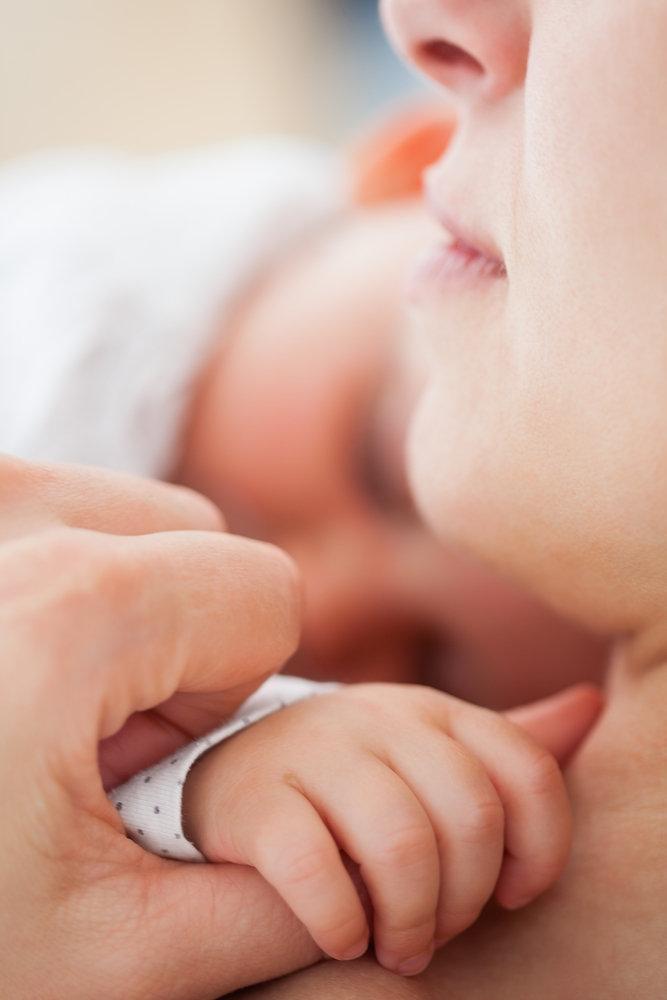This article explains cleft lips and palates and how they are treated in infants
Contents
What is a cleft?
A cleft is an opening in the lip, the roof of the mouth (palate) or the soft tissue towards the back of the mouth. The face and upper lip develop during the fifth to ninth week of pregnancy. Cleft lips and palates happen when the facial structure of a developing foetus does not close properly. A cleft lip and palate can occur on one side or both sides. A child can suffer from a cleft lip, a cleft palate or both. This is a common facial birth defect.
How do clefts occur?

Cleft lips and palates can occur on their own (non-syndromic) or are sometimes part of a wider series of birth defects (syndromic). Cleft lips and cleft palates are congenital defects that occur early in the embryonic development cycle. Some scientists believe a combination of genetic and environmental factors may play a part, such as maternal illness, drugs or malnutrition. The parts of the face and mouth generally develop separately, but ordinarily come together in the early stages of foetal development. If for some reason the development process is interrupted, the fusing may not take place or may only partially develop.
How common are clefts?
Cleft lip and palate is a common facial birth defect. Approximately half of all affected babies are born with a cleft palate, a quarter have a cleft lip and a quarter have a cleft lip and palate. A cleft lip or combined cleft lip and palate are more common in boys, but cleft palate on its own is more common in girls. If one child in a family is born with a cleft or if a parent had a cleft then there is a 2-4% increased risk that future children in the family will suffer from the same defect. Cleft lips and cleft palates occur in approximately 1 per 500-700 births, the ratio varying considerably across geographic areas or ethnic groupings.
Many scientists are researching possible methods to prevent cleft lips and palates. One finding, according to research studies, is that mothers who regularly take multivitamins containing folic acid before conception and during the first two months of pregnancy may reduce their risk of giving birth to a baby with a cleft.
How are clefts treated?
Children with a cleft lip or cleft palate often experience other health concerns such as feeding difficulties, middle ear fluid build-up, hearing loss, and dental problems as well as development delay with their speech. The complex needs of these patients are managed by a multidisciplinary team of health professionals which may include a paediatrician, geneticist, cleft surgeon, ENT surgeon, orthodontist, dentist, oral surgeon, speech and language therapist, psychologist and nurse.
Cleft lips and cleft palates can be repaired through surgery. Cleft lip and palate surgery provides excellent results with a high success rate and minimal scarring. The surgeon works closely with a child's parents to choose the best timing for surgery for the child. Most surgeons agree that a cleft lip should be repaired by the time a baby is 3 months old. A cleft palate is generally repaired between the ages of 9 and 12 months. Any surgical procedure is obviously dependent upon a child's general health and the nature of the cleft lip or cleft palate.
Where can I find out more?
CLAPA – The Cleft Lip and Palate Association http://www.clapa.com/

